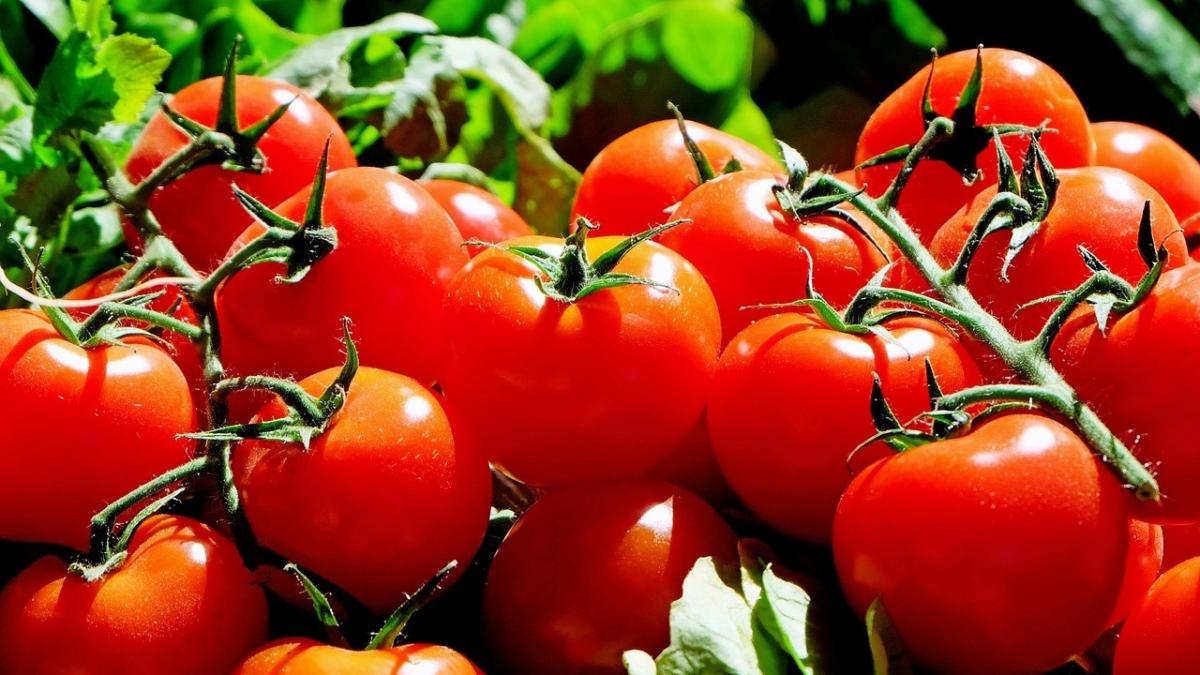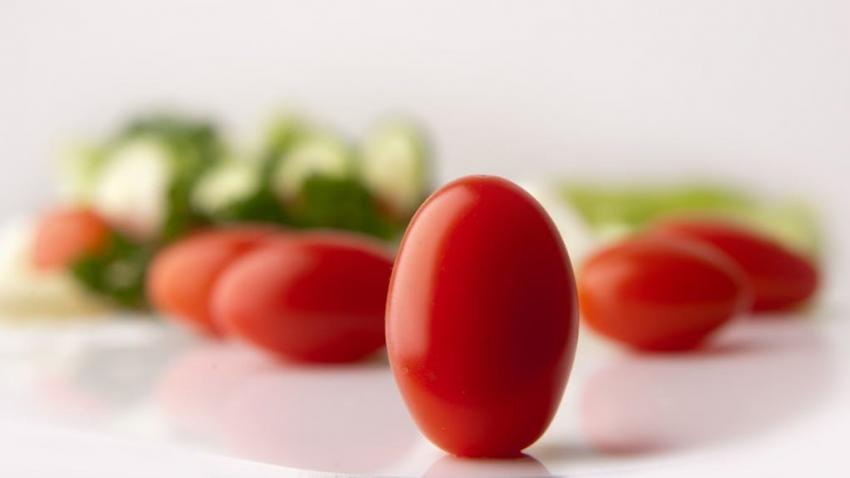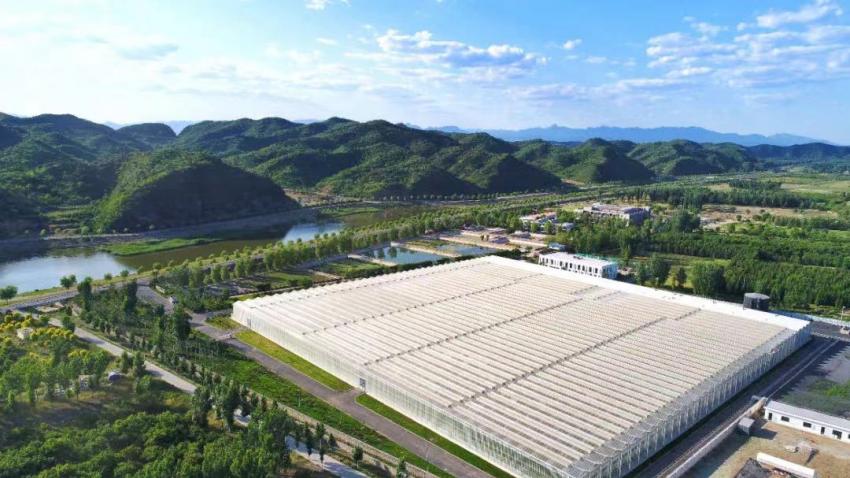You are here
Back to topPrices Tumble as Glut of Northern China Tomatoes Hits Market in August

With fresh tomatoes from China’s northern provinces hitting the market in full force this month, gate prices have declined steeply, a complete about-face from previous years, when prices increased during August.
Last year, rainy weather and pandemic-related disruptions caused tomato prices to climb from the end of July through to the middle of August. This year, however, in Beijing’s largest vegetable wholesale market, the average price of tomatoes on Aug. 16 was 2.4 Chinese yuan ($0.35) per kilogram, down 14.29% from the previous week and 50% from the same time last year. These plummeting prices are largely attributable to high volumes of tomatoes from various growing areas in northern China hitting the market at the same time.
At one tomato consolidation market in Fuyu County in Jilin province, tomatoes fetched 2.4–3.4 yuan ($0.35–0.49) per kilogram in previous years. This year, however, prices plunged to as low as 0.4–0.6 yuan ($0.06–0.09) per kilogram before recovering slightly to around 1.2–2.5 yuan ($0.17–0.36) per kilogram. Nevertheless, even at the slightly higher prices, many growers are selling their tomatoes at a loss.
The current crush of tomatoes coming to market in China originates mainly from Gansu, Ningxia, Inner Mongolia, Hebei and Shanxi provinces. The low prices can be largely explained by supply outstripping demand, a situation that has been exacerbated by farmers increasing their tomato plantings this year in response to high prices in the preceding two years. Another contributing factor this year has been weather conditions that have caused this year’s output to become concentrated into a shorter period, rather than staggered over a longer period as in more typical years. For example, tomatoes from Ningcheng County in Inner Mongolia hit the market later than usual and overlapped with those from Weichang County in Hebei province.
One final factor underlying the reversal in China’s tomato price trend compared with previous years is that heavy rains late in the fruiting stage in some production areas have led to lower quality and put downward pressure on prices in those areas.
While the low prices are painful for producers, demand for tomatoes among consumers and other end users remains strong. Furthermore, high temperatures and drought have affected output in other countries, which could lead to a shortage of tomatoes on the global market. Experts therefore expect that the current low tomato gate prices will turn out to be a localized and short-term phenomenon, with prices set to rebound rapidly in the coming months.
Image: Pixabay
This article was translated from Chinese. Read the original article.















Add new comment